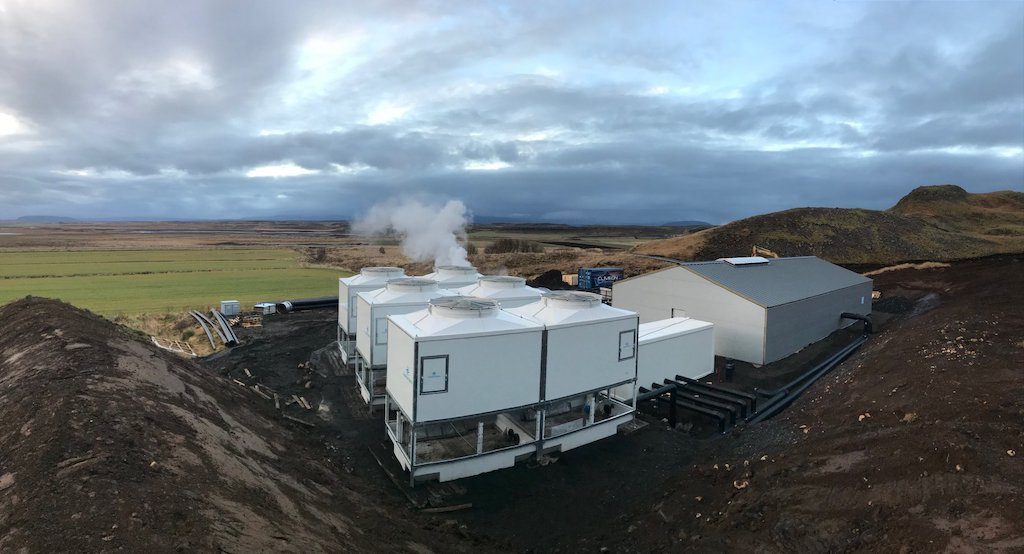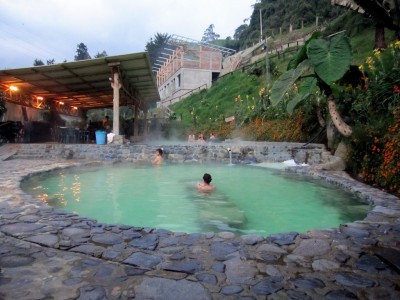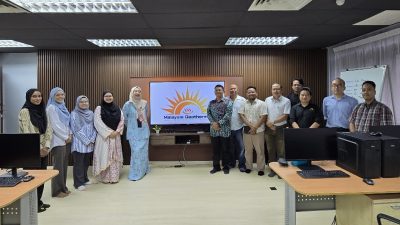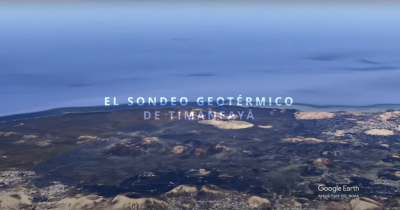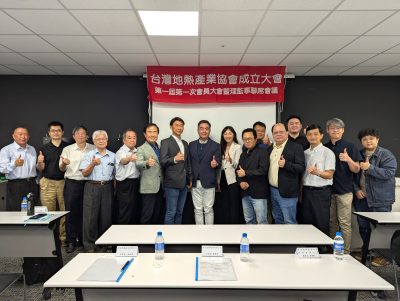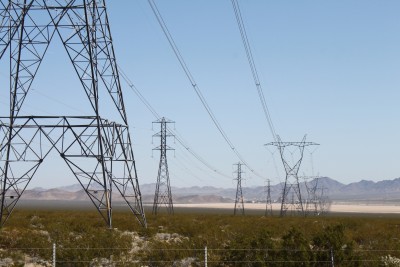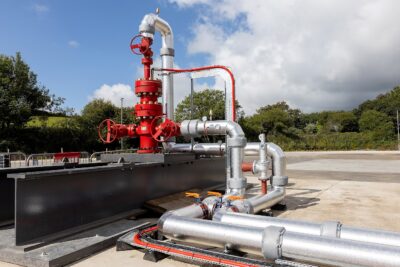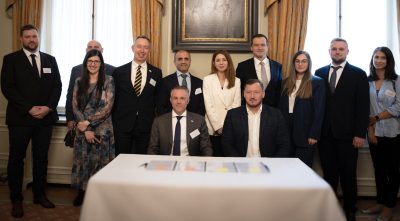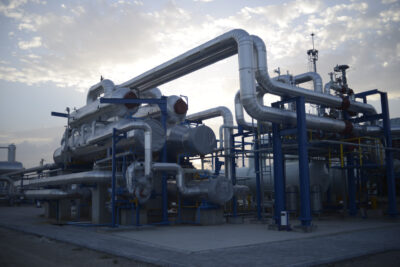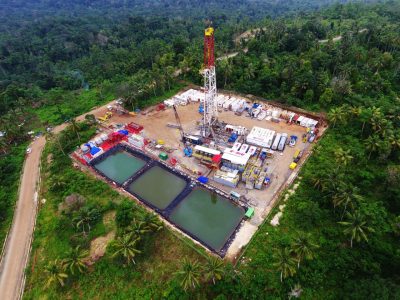Baseload Capital continues push on international geothermal projects
Baseload Capital is pushing ahead with its international geothermal development with drilling planned in 2022 in the U.S. and continued development in Taiwan, Iceland and Japan.
In a report on the interim results for the year 2021, geothermal investment and development company Swedish Baseload Capital shared details about its ongoing international geothermal development activities.
Baseload capital continues optimizing and bringing its small-scale geothermal power plants to full capacity. Through its local development company, drilling is planned for the Efri Reykir project to take place in the first half of 2022. Yet, roll-out of new plants is slower than planned, so the company in its statement.
The company also continues its development activities in the United States with a number of new areas having been identified and now a feasibility study is being done on them to analyze whether drilling will proceed. For ongoing projects, the company is working on commissioning a power plant on an existing oil field in California. This will be a pilot project where green water from oil- and gas wells will be used to produce green electricity. The Wendel project is waiting for a permit for wastewater and we expect a decision from the California Water Board in Q2 2022. Baseload Capital acquired the project in July 2020.
In Taiwan, work is in progress to develop a long-term drilling plan with international drilling companies with knowledge of drilling geothermal wells. The plan is to drill on several sites with the same rig and crew in order to reduce the cost per well and speed up the development of projects. The first well drilled has experienced low flow rates, so the company.
In Japan, Baseload Capital’s local development company is working on the completion of construction and commissioning of San Sui as a first part of the larger Waita project. The work on a new project in Gifu has also begun, where an existing well will be renovated and then be used for a smaller power plant.
Source: Company release
